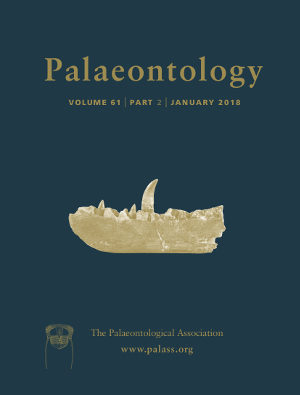Reg. Charity No. 1168330

Late Pleistocene European cave bears (Ursus spelaeus) have been considered to be largely vegetarian, although stable isotope data (δ13C and δ15N values) from the Romanian Carpathians has suggested considerable dietary variation. Here we evaluate previous and additional adult cave bear isotopic data from four Marine Isotope Stage 3 (MIS 3) sites in the Carpathians. Peştera Urşilor (N = 35), Peştera Cioclovina (N = 32), Peştera Muierilor (N = 8), and Peştera cu Oase (N = 72) provide both a dichotomy between samples suggesting vegetarian diets (from Cioclovina and Muierilor) and more omnivorous diets (from Urşilor and Oase), and considerable isotopic variation within samples from each site. While an inference of a strictly vegetarian diet may apply to groups that lived in ecosystems which restricted the available animal protein for these large ursids, the within and between sample isotopic variation among the Carpathian cave bears indicates considerable flexibility in their sources of protein and hence in their dietary regimes. In addition, developmental assessment of Cioclovina isotopic profiles (neonates, juveniles, sub‐adults and adults) provides patterns of transfer of stable isotope signatures throughout immature life for both δ13C and δ15N (increase and decrease, respectively), whereas those from Urşilor show little developmental shift.